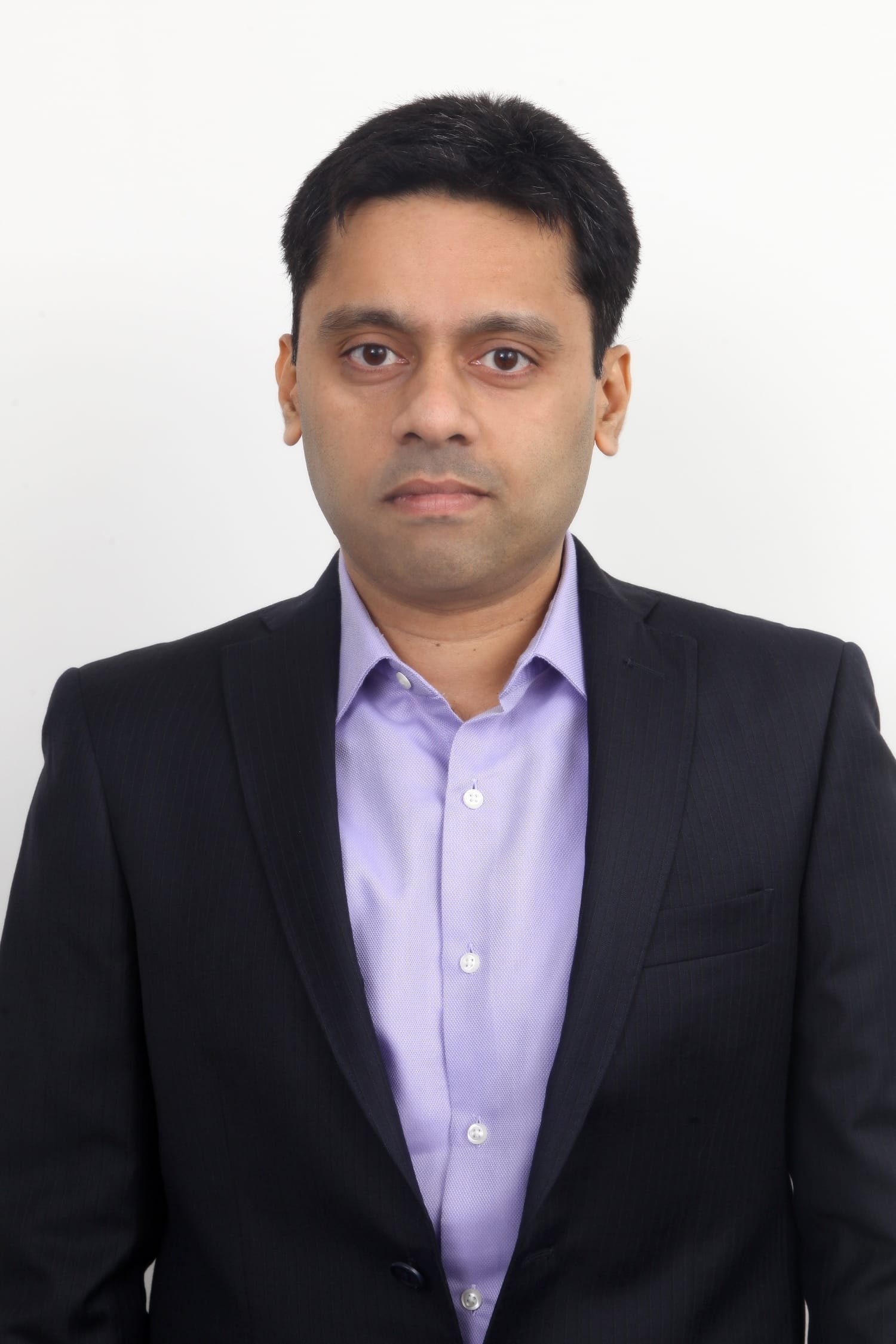Policy focus on reviving growth
The Reserve Bank of India (RBI) expects the economy to record positive growth in the second half of the current financial year, with a 7.5% contraction for the whole year, an improvement over its previous (in October) projection of 9.5% contraction.
The economic growth improved from the COVID-19 pandemic and lockdown to 7.5% contraction from 23.9% contraction in the first quarter.
“The second half is expected to show some positive growth,” said RBI Governor Shaktikanta Das on 4 Dec 2020.
The GDP is expected to turn positive in the third quarter and expand by a nominal 0.1% with the last quarter’s expected expansion of 0.7%.
In its October monetary policy statement, RBI expected the real GDP growth in 2020-21 at -9.5% (negative).
Meanwhile, RBI has received encouraging support for its monetary policy.
“The policy stance has, as expected, continued to focus on reviving growth with the MPC maintaining its accommodative stance. At the same time, the statement reinforces the requirement of supply-side actions to break the current inflationary spiral,” said Rajeev Radhakrishnan, Head of Fixed Income, SBI Mutual Fund.
However, “not upsetting the status quo” probably has been the theme with regards to liquidity management. While the Governor reinforced the commitment to undertake multiple market intervention strategies such as OMO & Twists, the RBI may find these operations constrained by either not having or not willing to use tools to sterilise part of these interventions.
“This may keep the overall term structure of the curve relatively steeper as the market continues to be kept guessing with respect to the extent of these operations going forward,” said Radhakrishnan.
“It is heartening to see RBI confirming that it will maintain an accommodative stance till the time necessary for stabilizing growth on a firm footing,” added FICCI President Dr. Sangita Reddy.
“While the inflation trajectory has moved up, at this point in time re-energizing growth should get all the attention. There has been a substantial upgrade to the overall growth forecast for the second half of the current fiscal.
“This is encouraging but given the stress the economy had faced on account of COVID-19, we anticipate that policy support, both from the RBI and the government, will be required well into the next year,” said Dr. Reddy.
Allowing banks to tap into the TLTRO funds for extending credit to other stressed sectors in line with ECLGS 2.0 is a positive move and FICCI welcomes the same. Amongst the other regulatory announcements, the announcement to review the regulatory regime for NBFCs basing it on size, scale and risk profile is a notable development.
FICCI NBFC Committee has been engaging with the central bank on this subject and we look forward to the draft circular that will be put out by RBI for public comments. Likewise, announcements pertaining to the strengthening of the credit derivatives market and the corporate bond market are welcome and FICCI will offer its feedback on the revised guidelines once issued.
Digital payment is another area that came into focus in the 4 Dec policy. RBI has indicated that it will promote common minimum standards of security controls in the area of digital payments. This will improve consumer confidence.
Additionally, the decision to allow upward revision in the limit from Rs.2,000 to Rs.5,000 for contactless card transactions and e-mandates for the recurring transaction through cards and UPI would enhance customer convenience and FICCI Fintech Committee has been engaging in these areas with the regulator.
Given the surplus liquidity situation and decline in short-term rates below reverse repo rates, the banks have significantly repaid the funding availed from RBI under various LTROs, said Anil Gupta, Vice President, Sector Head – Financial Sector Ratings, ICRA on RBI Monetary Policy and on-Tap TLTRO to be made available to 26 sectors identified by the Kamath Committee.
The outstanding against the past LTROs stood at Rs.0.77 trillion as of 3 December 2020 against the total LTRO operations of Rs.2.12 trillion. Hence the availability of on-tap TLTRO funding to banks is unlikely to be an incremental incentive for banks from a funding point of view.
Gupta also commented on Facilitating More Efficient Liquidity Management for Regional Rural Banks.
RRBs have a strong deposit base because of their rural presence, however, their lending abilities are constrained because of weak capital position, thereby creating huge liquidity surpluses with these banks. Access to the call and notice money market and LAF and MSF window of RBI could enable them to better manage their surplus liquidity and generate better returns.
Given the uncertainty on asset quality, the curtailment of dividends for banks is a positive move from a capital conservation point of view. Many larger NBFCs have continued to pay dividends in FY2021 from profits of FY 2019-20, despite some of them raising capital in FY2021. Proposal to converge rules for NBFC as well with objective to conserve capital is positive, he said.
Given the larger NBFCs could pose a higher risk to system stability, the proposal to have increased regulatory supervision for larger NBFCs is positive. Like banks, this could include more regulatory filings at a higher frequency by NBFCs to RBI for effective monitoring.
While this may increase the compliance burden on larger NBFCs, it will be positive for systemic stability and, also, nudge larger NBFCs to convert to a bank.
This coupled with a proposal to harmonise guidelines for appointment of statutory auditors for commercial banks and NBFCs with an objective of improving financial reporting is likely to improve investor confidence in larger NBFCs, said Gupta. #RBI #banking #financial #loans #debts /fiinews.com










